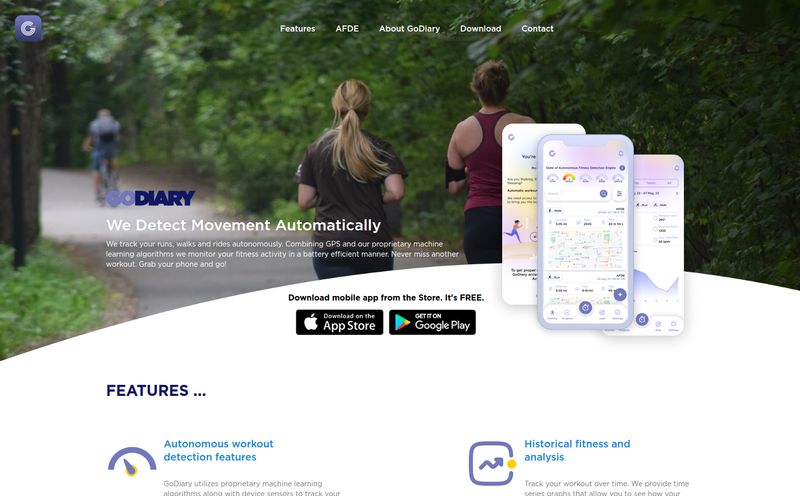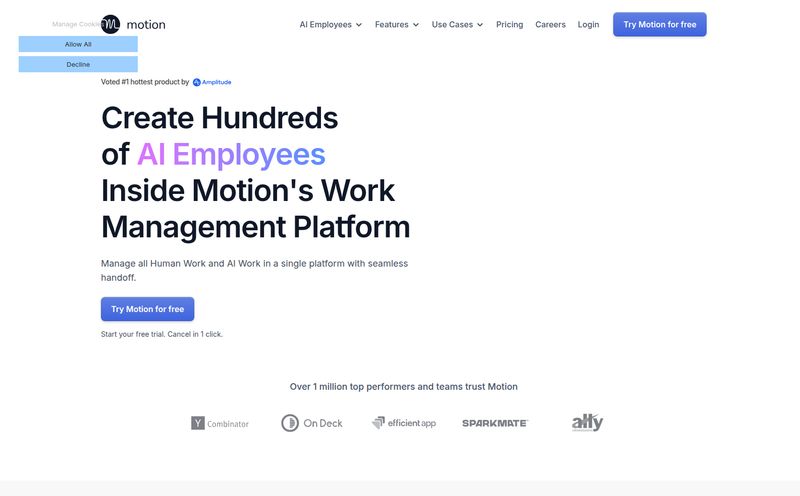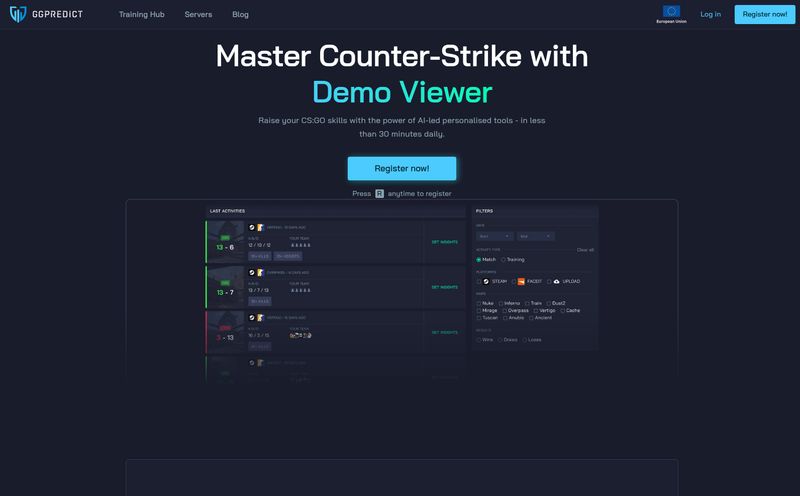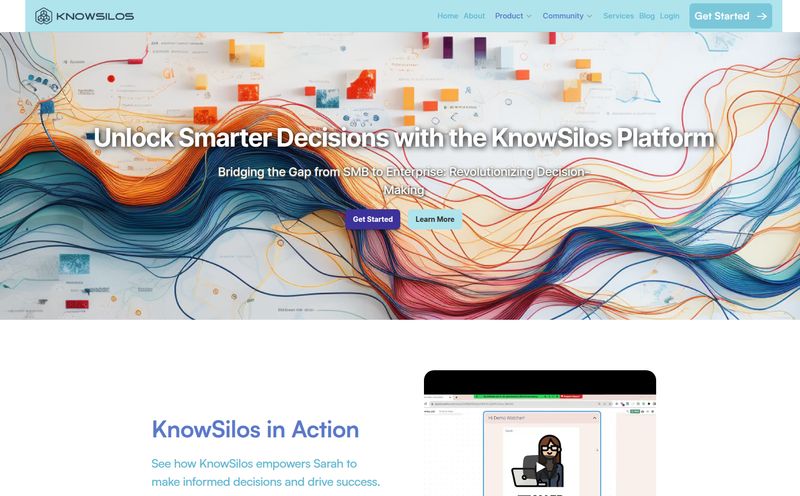For years, we’ve been in the trenches of SEO. We’ve chased algorithms, obsessed over Core Web Vitals, and sacrificed small animals to the Google gods for that coveted #1 spot. It’s a game we know. But what happens when the game board gets flipped entirely?
That’s what’s happening right now. Search isn't just a list of blue links anymore. It’s a conversation. Users are asking ChatGPT, “What’s the best CRM for a small business?” or telling Gemini, “Plan a 3-day trip to Lisbon.” And the answers they get? They’re not from your perfectly optimized blog post. They’re synthesized, summarized, and served up by a Large Language Model (LLM).
So, the million-dollar question I keep getting from clients is: “How do we show up there?”
For a while, the answer was a shrug and a nervous laugh. It felt like the wild west all over again. But now, tools are starting to emerge from the dust, and one that’s caught my eye is LLMOMetrics. They’re calling what they do “Answer Engine Optimization” or AEO. And frankly, it’s about time someone put a name to it.
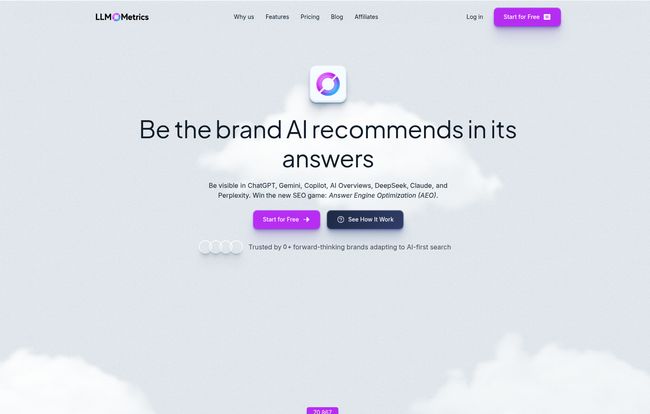
Visit LLMO Metrics
What is This 'Answer Engine Optimization' (AEO) Anyway?
Think of AEO as the logical next step from SEO. If SEO is about convincing a search engine’s crawler that your page is the most relevant answer, AEO is about convincing a generative AI that your brand is the most authoritative entity on a topic. It’s less about specific keywords and more about the holistic presence and perception of your brand online. The goal? To be the brand the AI recommends in its answers.
This is where LLMOMetrics plants its flag. It’s one of the first platforms I've seen that’s built from the ground up to tackle this specific, very new, challenge. It's not just another rank tracker; it’s a visibility engine for this new conversational search paradigm. It promises to show you where you stand in the world of AI answers and, more importantly, how to improve that standing.
A Closer Look at LLMOMetrics: What's Under the Hood?
So I took it for a spin. At its core, LLMOMetrics is a dashboard that acts as your eyes and ears inside the major AI platforms. It's not just one, but a whole suite of them—ChatGPT, Gemini, Copilot, Perplexity, Claude… basically all the places your customers are starting to hang out.
Tracking Your AI Footprint Across the Board
The first thing that stands out is its comprehensive coverage. You can input key prompts and queries relevant to your brand—things like “best running shoes for flat feet” or “compare HubSpot vs Salesforce”—and LLMOMetrics will go and query the AIs for you. It then reports back on whether your brand was mentioned, how it was mentioned, and who else (your competitors) showed up to the party. This is a huge time saver and provides a unified view you just cant get manually.
More Than Just Tracking: Actionable Insights
Here’s where it gets interesting. Seeing if you were mentioned is one thing. Knowing why and what to do about it is another. The platform gives you what they call “LLMO Metrics.” This isn't just fluff. It's guidance on content gaps, suggestions for improving your brand’s knowledge graph, and benchmarking against competitors. It’s like having a scout report back from the front lines, telling you not just where the enemy is, but how they're armed and what their next move is likely to be. The weekly automated reports are a nice touch, keeping the insights flowing without you having to live inside the platform 24/7.
Keeping the AI Honest with Answer Validation
This might be my favorite feature. We all know AIs can… let's call it, hallucinate. They can get facts wrong or misrepresent a brand. LLMOMetrics allows you to validate the AI-generated responses for accuracy. Is the AI saying your product does something it doesn't? Or is it omitting your flagship feature? You can track this, and that data is the first step toward figuring out how to correct the AI's understanding of your brand. It’s proactive reputation management for the AI age.
The Big Question: Who Needs This and What's the Cost?
Let's talk brass tacks. Is this for everyone? Probably not. If you're a local plumber, you should still be focused on your Google Business Profile. But if you're a national brand, a SaaS company, a major publisher, or a digital agency with forward-thinking clients, ignoring AEO feels like a massive gamble. This tool is for those of us on the front lines of digital marketing.
The pricing is transparent, which I appreciate. They have a tiered structure that seems geared toward different business sizes.
| Plan | Price | Key Features |
|---|---|---|
| Freelance | 80€ /month | Up to 20 prompts, 2 team members, weekly reports. |
| Pro | 245€ /month | Everything in Freelance, up to 100 prompts, 10 team members. |
| Enterprise | 690€ /month | Everything in Pro, up to 300 prompts, unlimited members, dedicated agent. |
Note: These prices are tax-excluded. Check their official pricing page for the most current details.
The main limitation is the number of prompts per plan. 20 prompts on the Freelance plan isn't a huge number if you have a diverse product line or want to track a lot of competitor queries. You’ll need to be strategic. But for getting your feet wet with AEO, it’s a solid starting point.
The Good, The Bad, and The AI-Generated
No tool is perfect. In my experience, the biggest win for LLMOMetrics is that it provides a compass in the AI fog. The actionable insights and competitive benchmarking are gold. For the first time, you can have a data-driven conversation about AI visibility instead of just guessing.
On the flip side, this is a pro tool. To really squeeze the value out of it, you need to have a good handle on your content strategy and SEO fundamentals. The platform gives you recommendations, but you still have to execute the plan. And yes, the prompt limits mean you have to prioritize. The most advanced features, like custom integrations, are gated behind the Enterprise plan, which is pretty standard for SaaS platforms but still a consideration.
My Personal Take: Is AEO the Future?
Look, I've seen a lot of trends come and go. I remember the frantic rush to mobile-first, the rise of voice search (which turned out to be a bit of a damp squib for marketers), and a dozen other “next big things.”
This feels different. This feels foundational.
The shift to conversational AI is not just a new feature on a search engine; it's a new interface for information itself. Ignoring it is like an e-commerce brand in the early 2000s saying, “Nah, this whole internet thing is a fad.” Tools like LLMOMetrics aren’t just nice to have; they are becoming necessary to compete. It requires a mental shift, for sure. We're moving from winning snippets to winning conversations. And I, for one, think that's a much more interesting game to play.
Frequently Asked Questions about LLMOMetrics
- 1. What is LLMOMetrics in simple terms?
- It's a tool that helps you see if AI chatbots like ChatGPT and Gemini are recommending your brand. It then gives you tips on how to get mentioned more often and more accurately, which is a new field called Answer Engine Optimization (AEO).
- 2. Can I use it if I'm not an SEO expert?
- You can, but you'll get more out of it if you have some background in content and SEO. The platform provides insights, but acting on them often requires knowledge of content strategy, brand building, and digital PR. It's powerful, but not a magic wand.
- 3. Which AI platforms does LLMOMetrics track?
- It tracks a wide range of major platforms, including ChatGPT, Gemini, Copilot, DeepSeek, Claude, and Perplexity. This gives you a broad view of your visibility across the AI ecosystem.
- 4. Is there a free trial available?
- The website has a “Start for Free” button. While the specifics of a free plan or trial aren't detailed in the pricing table, it suggests there's a way to test the platform before committing to a paid plan. Best to check their site directly!
- 5. Why is there a limit on the number of prompts?
- Each 'prompt' is a query that the platform runs across multiple AI models. This consumes significant computing resources. The limits are a way to scale the pricing based on usage, similar to how other SEO tools limit tracked keywords or site audits.
- 6. Is AEO just a buzzword, or is it here to stay?
- In my professional opinion, the underlying concept is here to stay. People are using AI for answers, and brands need to be visible there. Whether we all call it 'AEO' in five years is another question, but the practice of optimizing for AI answers is not going away.
Final Thoughts
The game has changed. There’s no putting the AI genie back in the bottle. For digital marketers and brand managers who are looking over the horizon, tools like LLMOMetrics are no longer a luxury—they’re becoming a core part of the toolkit. It's a new frontier, and it pays to have a good map. LLMOMetrics is one of the best maps I've seen so far.
Reference and Sources
- LLMOMetrics Homepage: https://www.llmometrics.com/
- LLMOMetrics Pricing Information: https://www.llmometrics.com/#pricing
